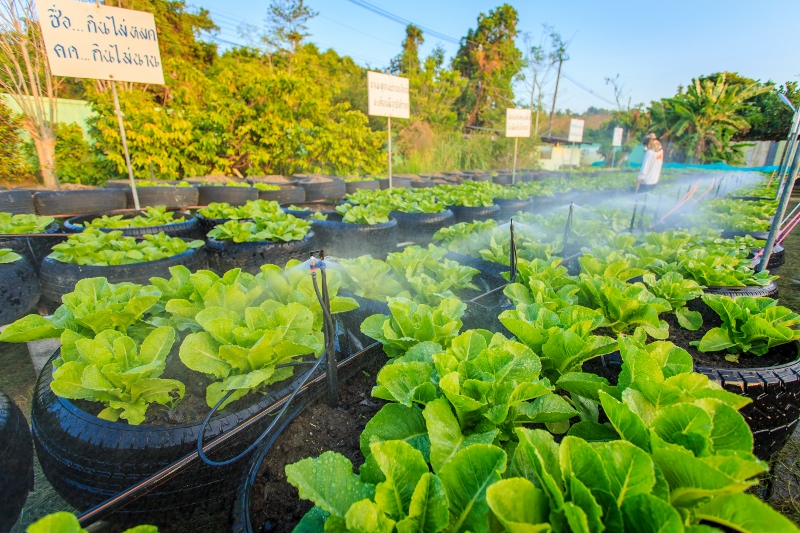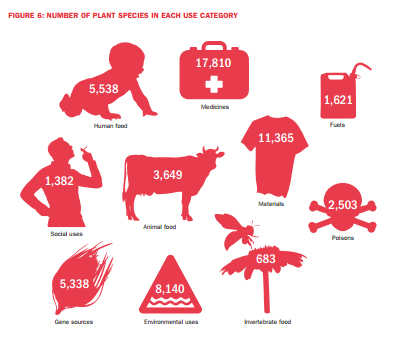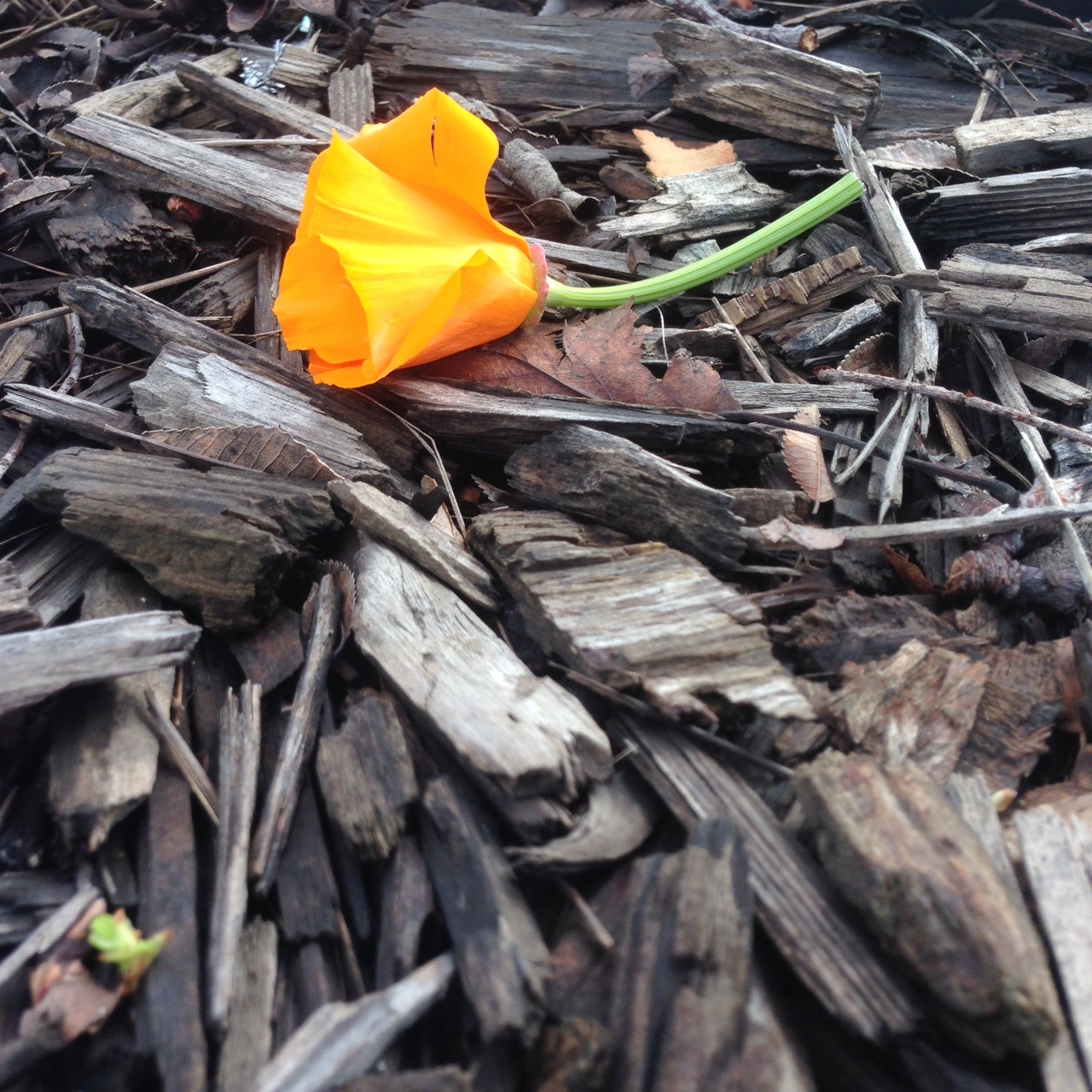1 in 5 of the World’s Plants Are At Risk of Extinction

We all are relatively knowledgeable on animals that are endangered; just think of how many times you've seen images of cuddly-looking polar bears on shrinking glaciers. Something we don't often think about, however, is the many plant species that are also at risk. Plants may not be cute, but they are important: they pervade almost every part of human life — not only do we eat them and wear them, we use plants for fuel, medicine, building materials, poisons and intoxicants. A recent study by Royal Botanic Gardens Kew, found that one in five of the world’s plant species are at risk of extinction. This Endangered Species Day, May 20th, we're acknowledging the fundamental role of plants to humankind. Read on to learn more on the causes and effects of endangered plants.
Why are plants so important?
In the first global assessment of flora titled, The State of the World’s Plants, it is estimated that there are 390,000 species of known plants with more than 30,000 used by people. Kew only looked at vascular plants or plants that have a specific, specialized tissue for sucking up water through their body. (Plants lacking these ducts, like algae and mosses, weren’t counted.) Plants provide us with food, fuel, medicines, timber, and are also extremely influential to our climate regulation.

Who would hurt a plant?
The three biggest factors threatening plant species are:
- the destruction of habitats for farming (31%)
- deforestation for timber (21%)
- and construction of buildings and infrastructure (13%)
Interestingly, climate change is a relatively low threat to plants at 4%. But because it takes plants so long to produce offspring, scientists have not yet been able to assess climate change's full impact. In fact, for most of the major groups of vascular plants, it takes at least 10 to 30 years before the next generation starts to produce flowers and pollen. But by 2050, the Kew report indicates that some plant species, particularly slow-to-react trees, are on “borrowed time.”
Additionally, many important crops, such bananas and eggplants, have lost genes that help fight pests and cope with other threats— because really, plants are no different from the rest of us in that they need large, diverse gene pools to up their resilience in this whole Survival of the Fittest game.
Why should we care?
Air, food and medicine are some of the plant world's biggest contributions to our lives. The study revealed that 57% of the 30,000 species with known uses for humans were those from which drugs and medicine were derived. Additionally, over 5,500 endangered plants are foods we eat. Add to that: plants are pretty, dangit.
“Without plants we would not be here," said report lead scientist Kathy Willis, in an article in The Guardian newspaper. "We are facing some devastating realities if we do not take stock and re-examine our priorities and efforts.”

So, what can you do?
Botanists are already taking extreme measures to save those plants species deemed useful. In the frigid cold of the Arctic sits The Svalbard Global Seed Vault, a so-called doomsday bank buried in the side of a mountain. Within the enclosure sit more than 800,000 samples, representing 5,100 different crops and their relatives. Here in the States, there's an option to participate in a less emmm— apocalyptic?— way. It's called the Seed Saver's Exchange and they offer lots of ways to help conserve America's biodiversity.
Plus, there are always the usual ways you can help: make sure to vote and hold those in power accountable; plant trees and flowers in your own garden (but nothing invasive!) and spread the word to your network.
To learn more about the global status of plants, including interactive maps and visuals, visit the State of the World’s Plants website.
